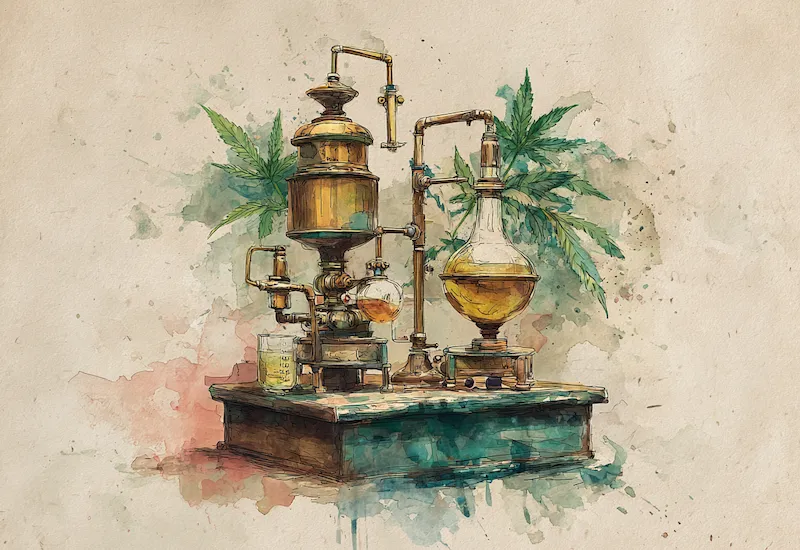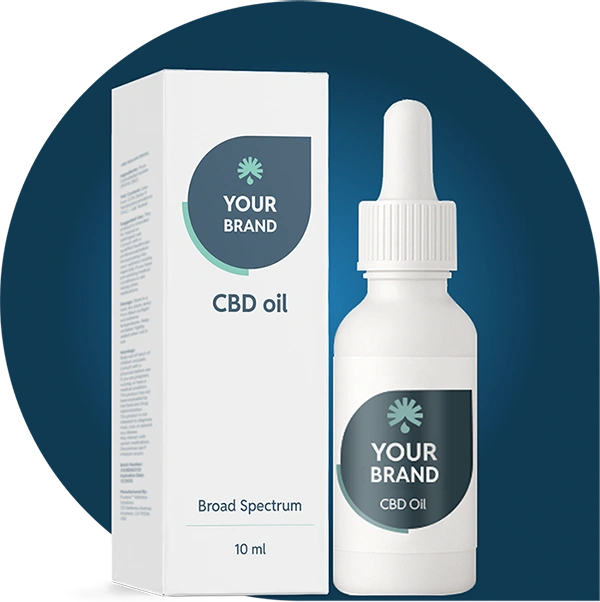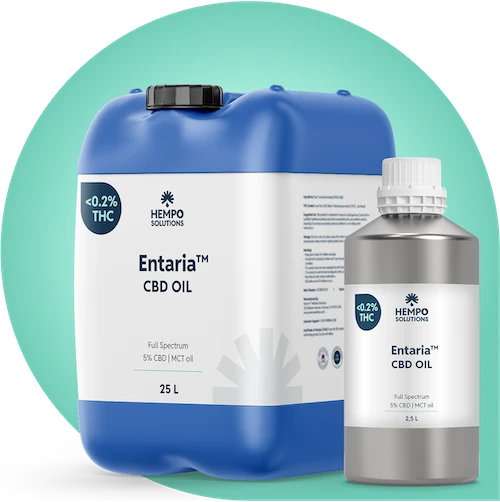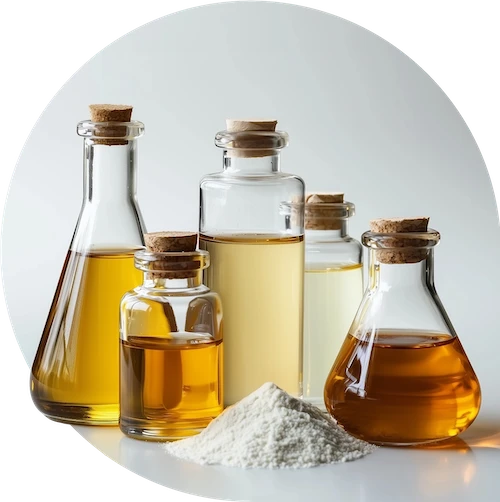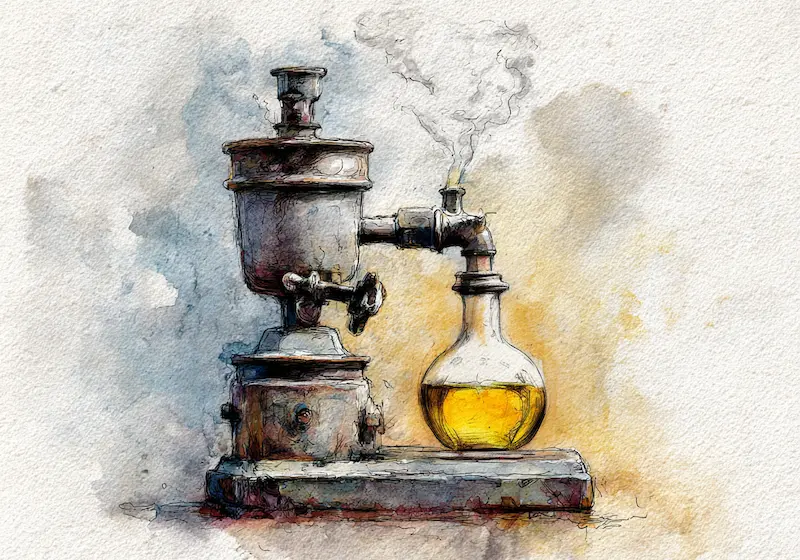Table of Contents
What Is CBD Extraction?
CBD extraction is the process of separating valuable compounds from raw hemp biomass to produce concentrated extracts. These extracts contain cannabinoids, terpenes, and other plant components that are later formulated into finished products such as oils, tinctures, edibles, and topicals. Effective extraction is not only about isolating CBD, but about preserving the complex blend of compounds that defines the character and quality of the final extract.
Overview of CBD Extraction Methods
Extraction is a critical stage in producing high-quality CBD products. For retail brands, understanding the different extraction methods is essential because each technique influences the quality, composition, consistency, safety, and cost of the final extract.
Extraction methods vary in how selectively they capture cannabinoids, terpenes, and other valuable compounds, as well as in their efficiency, scalability, and regulatory compliance. Choosing the appropriate method is a key factor in maintaining product quality and meeting market expectations.
Supercritical CO₂ Extraction
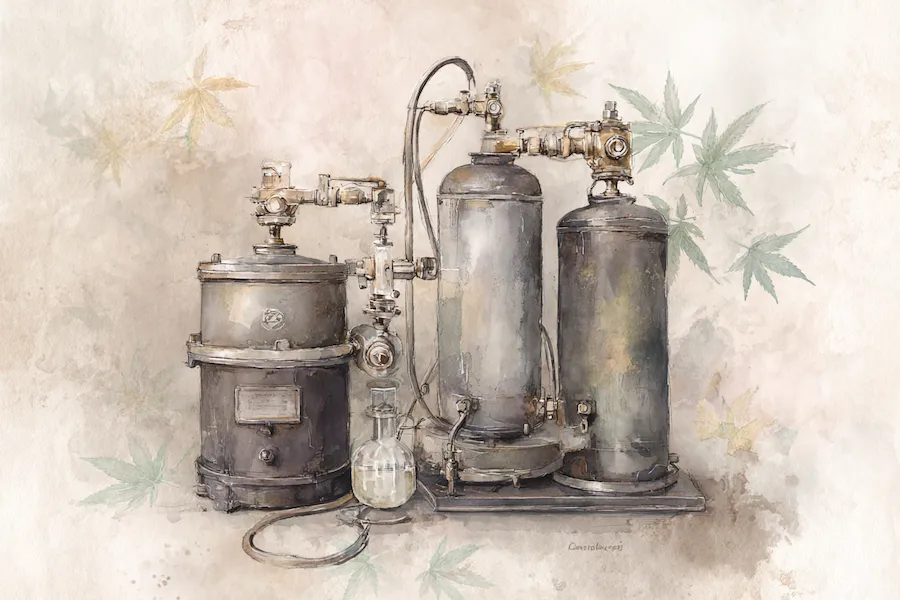
Supercritical CO₂ extraction is the industry standard for producing CBD extracts at commercial scale. This method uses carbon dioxide under high pressure and temperature to act as a solvent, efficiently extracting cannabinoids from hemp biomass without leaving toxic residues.
Pros:
-
Recognised as food-grade and solvent-free.
-
High selectivity for cannabinoids.
-
Clean, consistent, and scalable for large production runs.
-
Widely accepted by regulators and consumers as safe and reliable.
Cons:
-
Is too aggressive for delicate compound extraction (like terpenes), potentially reducing flavour and aroma complexity.
- High equipment and operating costs.
-
Require additional refinement steps to adjust final extract profile.
Safety and Environmental Advantages of CO₂ Extraction
One of the reasons CO₂ extraction is widely adopted in the CBD industry is its strong safety and environmental profile. Unlike hydrocarbon-based methods that rely on flammable solvents such as butane or hexane, CO₂ is a non-toxic, non-flammable gas that can be safely recycled within the system. This reduces environmental impact while delivering food-grade, solvent-free extracts with no risk of harmful chemical residues.
CO₂ extraction also often requires fewer post-processing steps compared to other methods. It can help remove waxes and chlorophyll during the extraction stage itself, supporting cleaner, more consistent final extracts that are easier to formulate into high-quality CBD products.
Ethanol Extraction
Ethanol extraction uses food-grade alcohol to dissolve cannabinoids and other plant compounds. It is valued for its simplicity, scalability, and cost-effectiveness. Ethanol is effective at extracting a broad range of compounds but can also pull chlorophyll and other undesired elements, requiring additional refining steps. Careful solvent recovery is necessary to ensure product safety and reduce environmental impact. Ethanol extraction remains popular for its regulatory acceptance in food and nutraceutical applications.
Pros:
-
Food-grade solvent widely accepted in regulated markets.
-
Cost-effective and relatively simple to scale.
-
Effective at extracting a broad spectrum of cannabinoids.
-
Familiar technology with established safety protocols.
Cons:
-
Careful solvent recovery required to ensure product purity.
-
Potential flavour and colour challenges if not properly refined.
Hydrocarbon Extraction
Hydrocarbon extraction uses solvents such as butane or propane to separate cannabinoids and other compounds from hemp biomass. This method is efficient and cost-effective, making it attractive for some manufacturers, particularly in markets with less stringent regulations.
However, hydrocarbon extraction carries higher safety risks due to the flammability of the solvents involved. Strict controls are required to prevent fire or explosion hazards. Careful post-processing is also necessary to remove residual solvents, which can pose health and regulatory concerns if not properly purged. As a result, this method is generally less favoured for food-grade or cosmetic CBD products.
Pros:
-
Highly efficient at extracting cannabinoids and terpenes.
-
Lower initial equipment costs compared to CO₂ systems.
-
Suitable for small-scale or niche production.
Cons:
-
Uses flammable, hazardous solvents requiring rigorous safety protocols.
-
Risk of residual solvent contamination if not thoroughly purged.
-
Less accepted for food- and cosmetic-grade applications due to safety and purity concerns.
Ultrasonic Extraction
Ultrasonic extraction, or sonication, uses high-frequency sound waves to improve solvent penetration into plant material. It can be paired with various solvents, including ethanol and water, to enhance extraction efficiency. This technique is less common at industrial scale but is used in research and small-batch production. It operates at lower temperatures, which can help preserve heat-sensitive compounds, though scalability and consistency remain challenges for larger manufacturers.
Pros:
-
Operates at lower temperatures, preserving heat-sensitive compounds.
-
Can shorten extraction times.
-
Adaptable to different solvents for flexible formulation goals.
Cons:
-
Less proven at industrial scale for CBD extraction.
-
Equipment is specialised and costly for large volumes.
-
Potential challenges with consistent batch-to-batch quality.
Dual CO₂ Extraction Method

Dual CO₂ extraction is an advanced approach that combines subcritical and supercritical CO₂ stages to create a more balanced and complete CBD extract. Many manufacturers rely only on supercritical extraction for cannabinoid efficiency, but this can compromise more delicate plant compounds.
By sequencing subcritical first, to gently target volatile components, and supercritical second, to recover cannabinoids and heavier elements, manufacturers can produce an extract that better reflects the plant’s natural complexity. This approach supports more consistent, high-quality results aligned with diverse formulation needs.
Supercritical vs. Subcritical – Understanding the Difference
Supercritical CO₂ extraction uses higher temperatures and pressures to efficiently dissolve cannabinoids and waxes, making it effective for yield but less protective of sensitive compounds.
Subcritical CO₂ extraction runs cooler and at lower pressures, helping retain volatile components such as terpenes and certain minor cannabinoids.
Used in combination, these modes enable manufacturers to fine-tune extract profiles, supporting products that aim for both potency and a more authentic representation of the hemp plant.
Why We Use Dual CO₂ Extraction at Hempo Solutions
There are many CBD extraction methods available, and not all manufacturers prioritise product quality equally when choosing among them. Factors such as equipment cost, processing time, and throughput often drive decision-making, sometimes at the expense of preserving the plant’s full natural profile.
At Hempo Solutions, our focus is on delivering the highest possible quality. We invest in Dual CO₂ extraction because it allows us to carefully balance efficiency with retention of the delicate compounds that define a premium extract. By combining subcritical and supercritical stages, we can capture a much broader spectrum of cannabinoids, terpenes, and flavonoids – compounds often associated with the ‘entourage effect’, that is suggested to positively influence the benefits of CBD.
Key Benefits of Our Approach:
-
Improved retention of aromatic terpenes and minor cannabinoids for a richer, more authentic extract.
-
Consistent, repeatable extraction results thanks to precise control over temperature and pressure.
-
Food-grade, solvent-free process that meets strict regulatory standards.
-
Environmentally responsible system using recyclable CO₂ with minimal waste.
Our commitment to advanced extraction techniques reflects our promise to deliver reliable, high-quality CBD ingredients that meet the expectations of both our partners and end consumers.
Conclusion
For retail brands looking to deliver high-quality, reliable products to their customers, choosing the right CBD manufacturing partner is essential. Different extraction methods have a major impact on the final extract’s quality, consistency, cannabinoid and terpene profile, and regulatory compliance.
At Hempo Solutions, we use Dual CO₂ extraction because it combines subcritical and supercritical stages to produce a cleaner, more balanced extract. This approach supports better retention of valuable terpenes and minor cannabinoids while ensuring consistent, food-grade, solvent-free quality.
By understanding how extraction influences product quality, CBD brands can make more informed choices about their partners, helping them deliver trustworthy, effective products that meet customer expectations and stand out in a competitive market.
